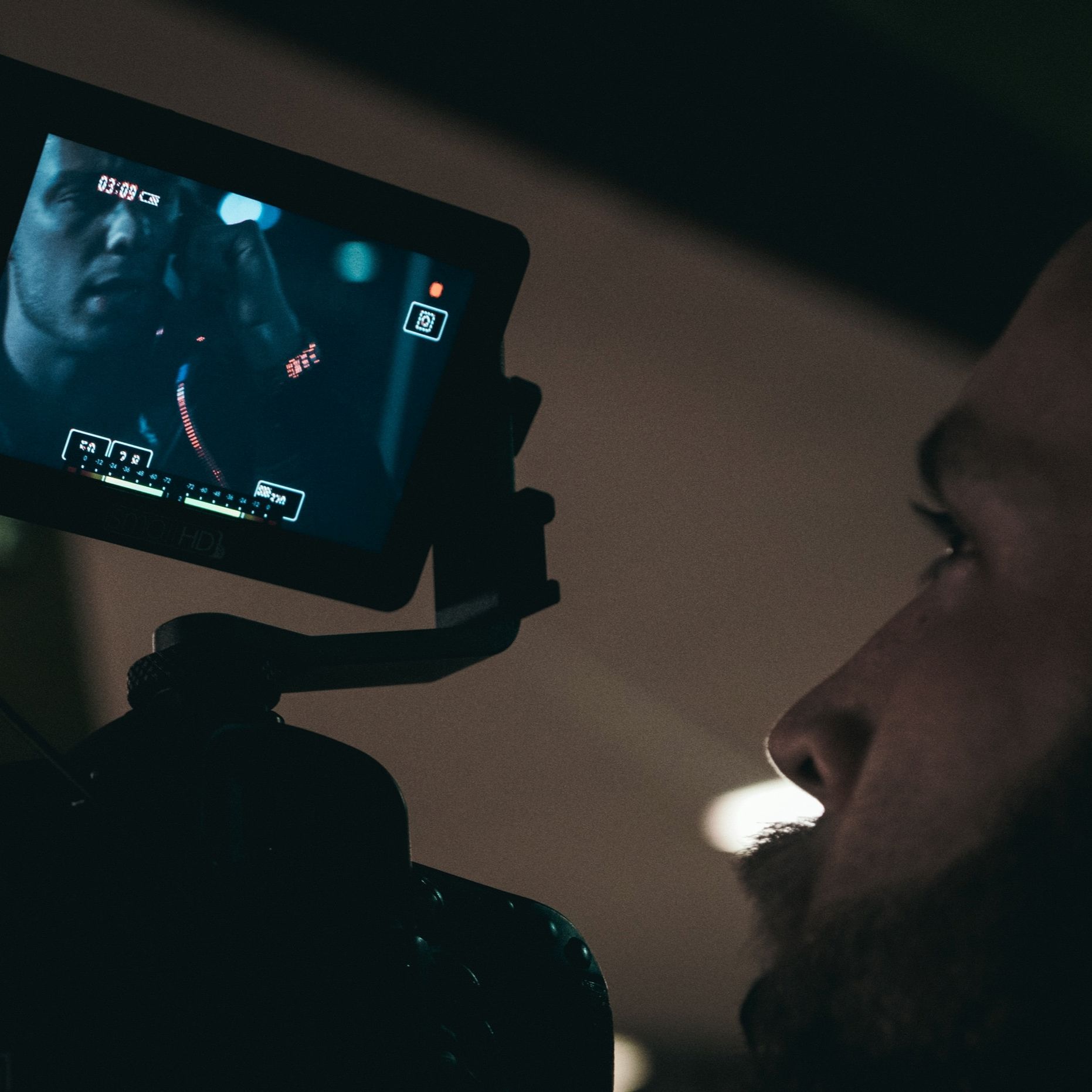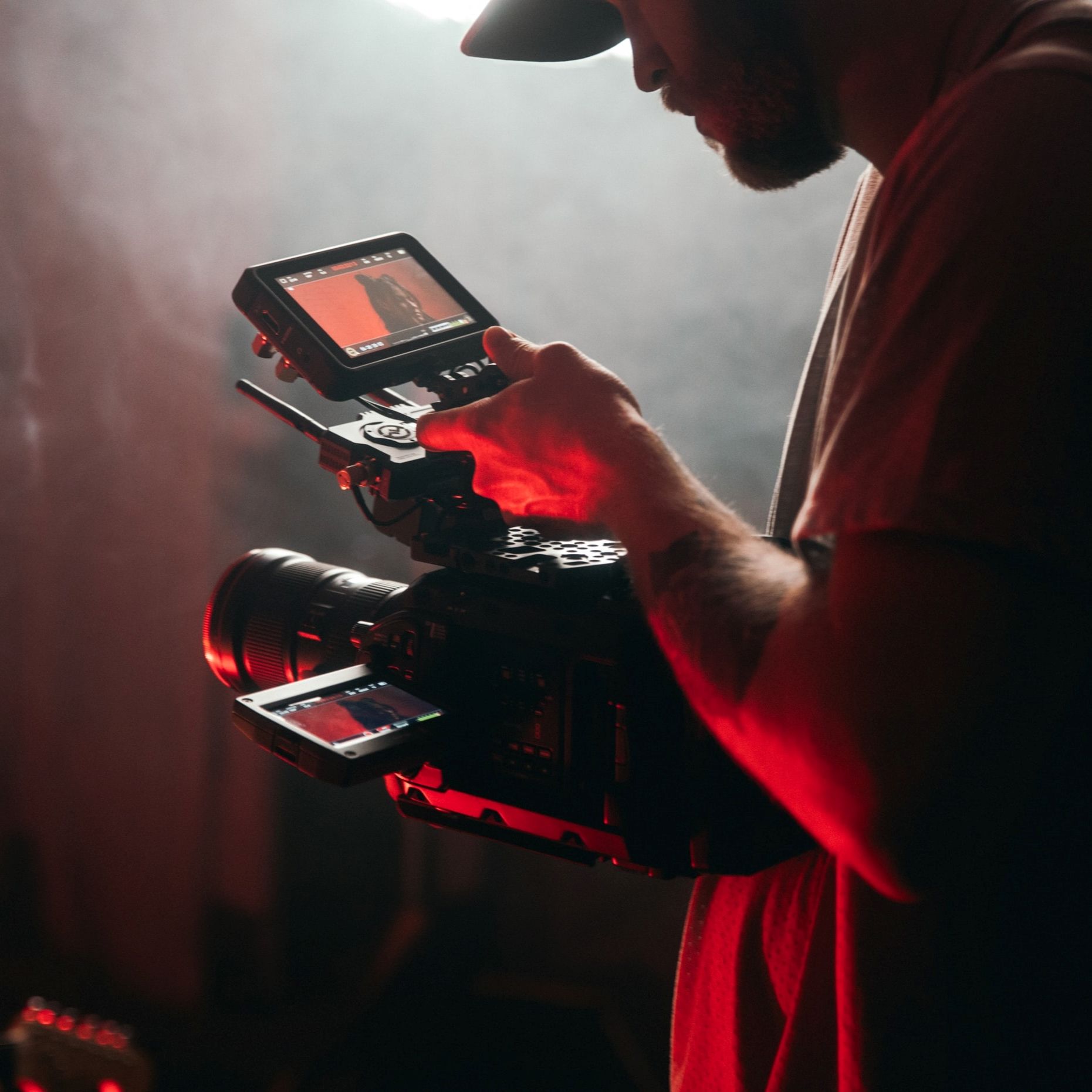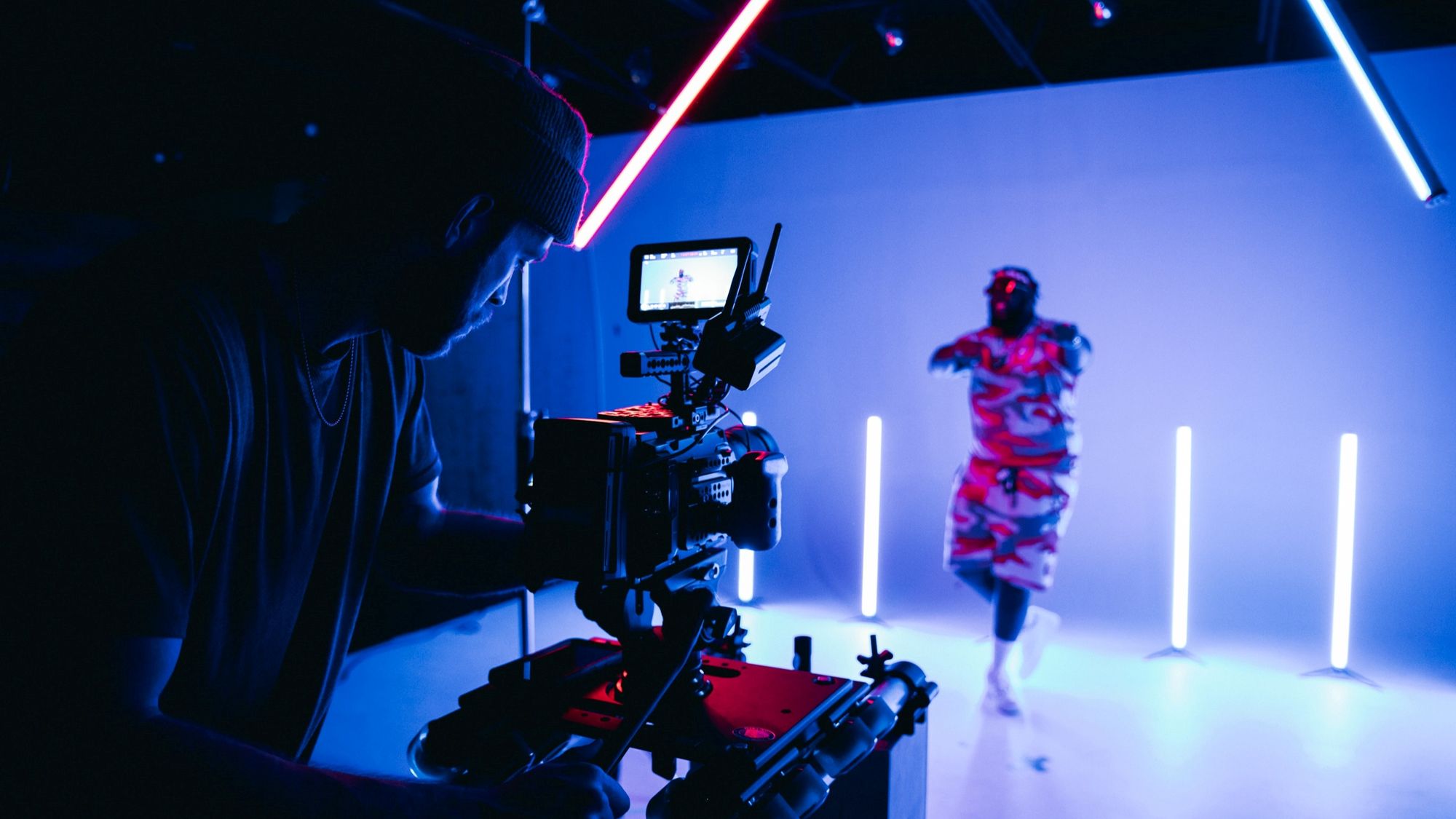30fps vs 60fps - What's the Difference?
Rent film gear from local filmmakers.

Rent film gear from local filmmakers.
Talking about frame rates is a sensitive subject for many, and if you ask for the right one, you are bombarded with a thousand different answers. And most of them are probably the right ones, in their own way.
If you have ever handled a camera, you have probably come across the term frame rate or fps. But what does it all mean? And what is the true king in the 30fps vs. 60fps discussion? Find out everything in this article.
Regardless of what frame rate your camera shoots in, it will almost always be inefficient to shoot without the right equipment. That's why we made an article explaining everything you need to know about camera equipment.

What are frame rates?
Frame rate is a term used to describe the frequency, or rate, a series of pictures is shown. You typically measure it in FPS or frames-per-second.
The term is mainly used in either films, tv-shows or video games. Essentially it is relevant for anything that is being projected on a screen. They are also very relevant in cameras, as it determines the quality of the video.
The higher FPS does not necessarily increase the quality of a video exponentially. But using high FPS video cameras can give advantages such as smoother footage when slowed down.
The 3 most common frame rates
When it comes to film, there are typically three common framerates used. That is 24, 30, and 60 fps. There are also other framerates like 120 and 240 fps, but those are less commonly used.
1. 24 fps
This is actually the preferred frame rate for most filmmakers worldwide. Using 24 fps was a compromise done between the producers and filmmakers. Having 24 frames per second allowed you to record fluid motion without having extremely high film stock costs. The more FPS, the more expensive the film reel or storage.
This is also the case when adding visual effects to footage. Visual effects typically require editing the specific frames, and while 60 fps might look better, it also requires rendering and editing over double the frames. This would double the price of the already expensive task of VFX and CGI.
Nowadays, 24 fps has become the norm for films, and it is a requirement for every movie to be released internationally to support 24fps. That's because every projector in the world typically runs in 24fps, with a few exceptions.

2. 30 fps
While 30 fps is faster than 24fps, the difference isn't that noticeable with the blind eye. 30 fps can make a slight difference, and the extra detail it catches can result in movie scenes looking more unrealistic, which is why it's not the standard.
However, 30 fps has become very popular in the digital age and is the standard frame rate for many visual media.
It is mainly used in TV broadcasts in North America and Japan. It is also the standard FPS in many video games, especially console games. 30 fps also flourishes as the standard of most online video services, and movies are converted into 30 fps to accommodate this.
Luckily, the slight difference makes it less noticeable, but it is one of the reasons that films in cinemas and films on a streaming service look slightly different.
3. 60 fps
60 fps is the preferred framerate for things like live TV and, especially, live sports. With live TV, there is no need for editing. However, there's often a need for slowing down the footage, a method used liberally in live sports.
Double the frames than 30 fps, the slowed-down footage looks clearer and crisper. It provides a great view of the incident for the viewers at home. If live sports were filmed in 30 fps, the slow-motion highlights would stutter and look choppy.
However, there are limits to how slow you can make the footage, and in situations where ultra-slow motion is needed, you would have to film it in 120 or even 240 fps.
60 fps is also a common framerate for modern pc games and the preferred for pc gamers all over. While more framerates typically mean less light accumulated in the frame on a video camera, video games are designed with the appropriate light as everything is done on a computer.
That's why 60 fps video games look and feel better than their 30 fps counterpart setting.

What is the difference between 30fps and 60fps?
The difference between 30fps and 60fps is obviously the double amount of frames you get in a 60fps video. More frames aren't always the obvious choice for filmmakers when choosing a framerate.
As explained earlier, the fewer frames in a shot, the less expensive it is to apply visual effects and distribute. More fps also means more details, making the scene look unrealistic. That is why most filmmakers stick to 24 or 30 fps.
On the other hand, 60 fps allows you to capture more movement and slow down the shots. In projects with fast movement, it is usually beneficial to shoot it at 60 fps. This could be in car commercials or fast food commercials.
30fps vs. 60fps: Which frame rate is best?
There's no real answer to this question. It all depends on your situation and what you are shooting. If you are going for fast movement and slow-motion shots, go for 60 fps. If not, then go for 30 fps. If you're mainly making videos for social media, there's often no point in shooting in 60 fps as it is all shown in 30 fps anyways.

4 things to consider when choosing frame rate
We now know that there are different situations for different frame rates, and to make it easier to relate to it, we have listed 5 things you should consider when choosing the frame rate.
1. What you’re shooting
Look at what you're shooting and see if it is necessary to record in high frames. If you're shooting steady shots with only regular movement, your project will look best if shot in 24 or 30 fps. If your project requires loads of fast-moving objects/subjects or needs slow-motion, you should go for higher frames.
Remember I mentioned that more frames mean less accumulated light? Well, due to this, it is actually better to shoot at 30 fps than 60 fps if you're shooting low light footage. That's because it allows the camera to absorb more light, making the footage more smooth and uplit.
2. The amount of moving subjects
Because 60 fps capture more details, it also captures movement better. If your scene has a lot of movement 30 fps could make the footage look blurry and bad. With 60 fps, you would gain smoother footage, and you will thank yourself in the end for doing it.
Always consult with your storyboard and consider if a scene or a project needs to be recorded in 60 fps.

3. Playback and delivery of video
As mentioned, cinemas universally project films in 24 fps, and it is actually a required framerate. It doesn't mean you have to shoot in 24 fps, but it means that you'll have to convert it to 24 fps before theatrical release.
If you're shooting a film with a theatrical release, you'll be better off with 24 fps. That way, you can make sure that the footage you shoot isn't affected by the conversion to higher or lower framerates.
Higher framerates also mean larger files or more film reels spent if you're old-fashioned. You can save a ton in data storage by recording in lower frames, which is also the wisest if the higher framerate is unnecessary for your project. If your project is going online, frame rates can affect the upload time of the project, and in some cases, it can even restrict you from uploading it if the file is too large.
4. Whether the video should be streamed
30 fps is reserved for the internet, and it is the universal frame rate for most platforms. If your project is meant to go online, you might save some trouble by recording in 30 fps. That's if you're shooting a show for streaming services or a video for social media.

Up next: deep dive into the meaning of frame rates
Now you know everything you need to know about 24 vs. 30 vs. 60 fps. If you're not satiated and want to learn more, then fear not!
We have made an entire article dedicated to the topic of frame rates. Here you'll learn everything you need to know about frame rates, and what they mean.
If you already know everything you need to know about frame rates, and just want to get to shooting, that's also cool! In that case, consider renting or subscribing to a camera at Wedio. That way, you'll save a bunch of money on your next project!
30fps vs 60fps video recording which is better?
It all depends on the situation. If your shot includes fast movement or requires slow motion you should shoot at 60 fps. Otherwise, shoot in 30 fps.
When to use 30fps vs 60fps?
If your shot includes fast movement or requires slow motion you should shoot at 60 fps. Otherwise, shoot in 30 fps.
Is 30fps better than 60fps?
Not necessarily. It depends on what is being recorded.
Can you tell the difference between 30fps and 60fps?
60fps captures more details in the picture, and a side-by-side comparison makes 60fps look smoother.























